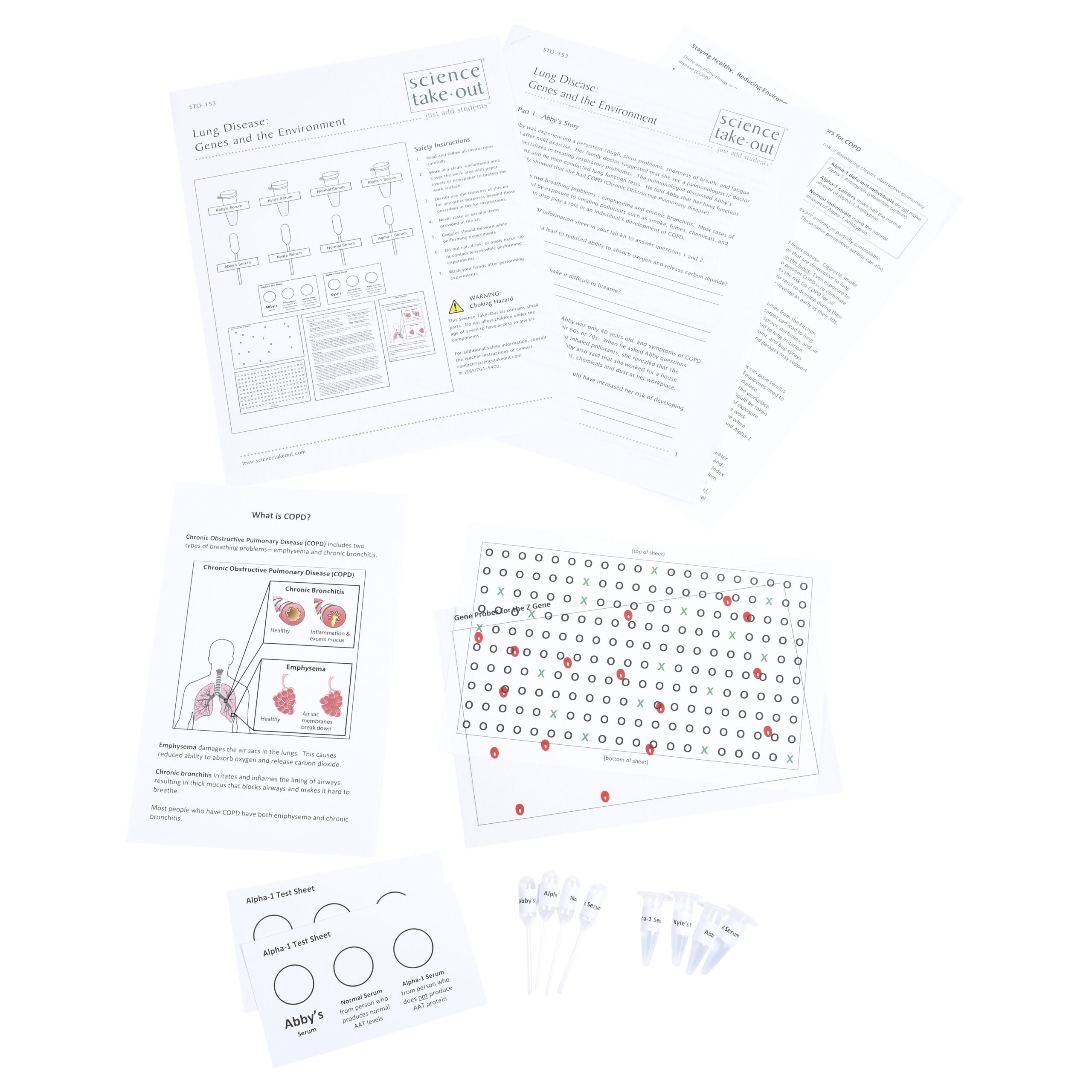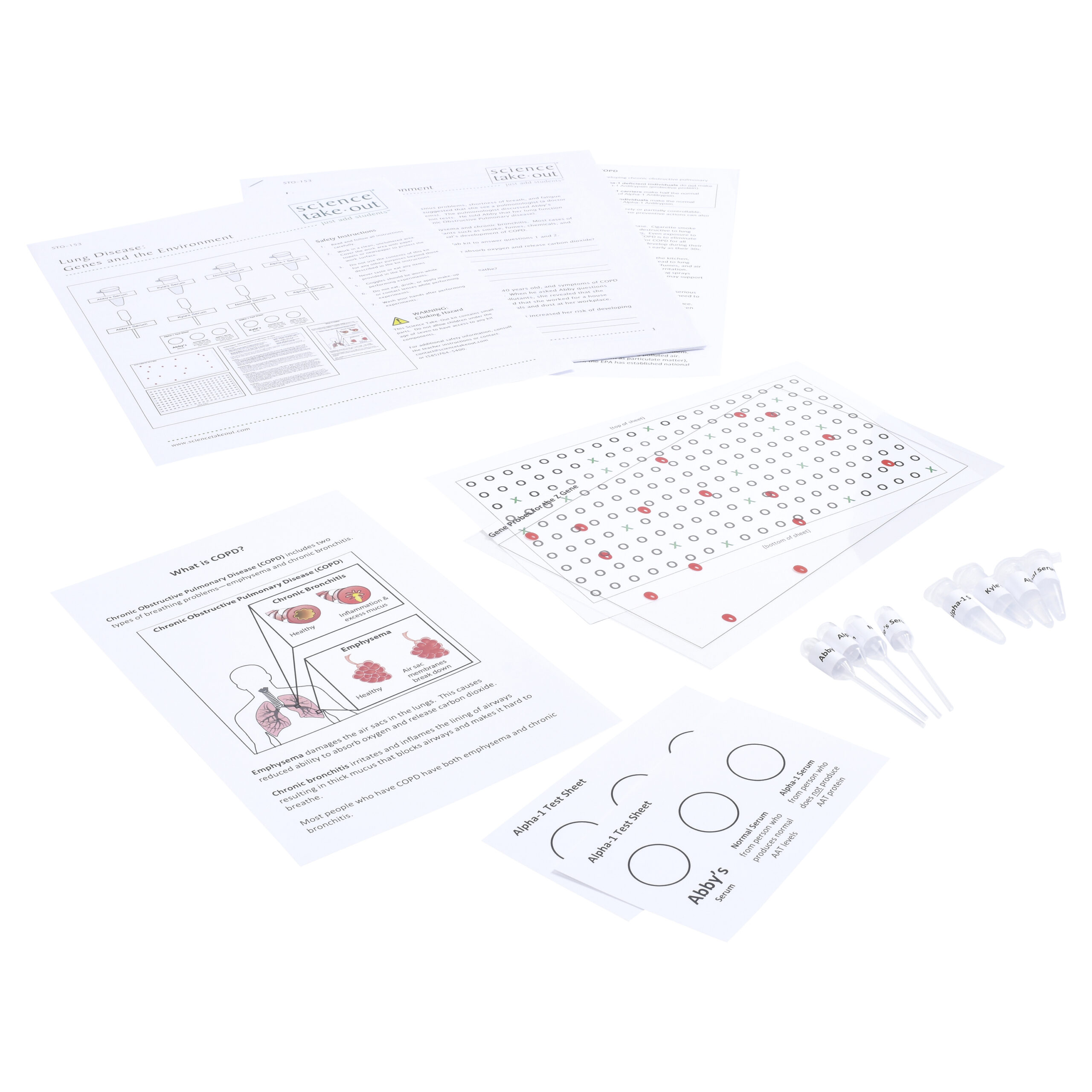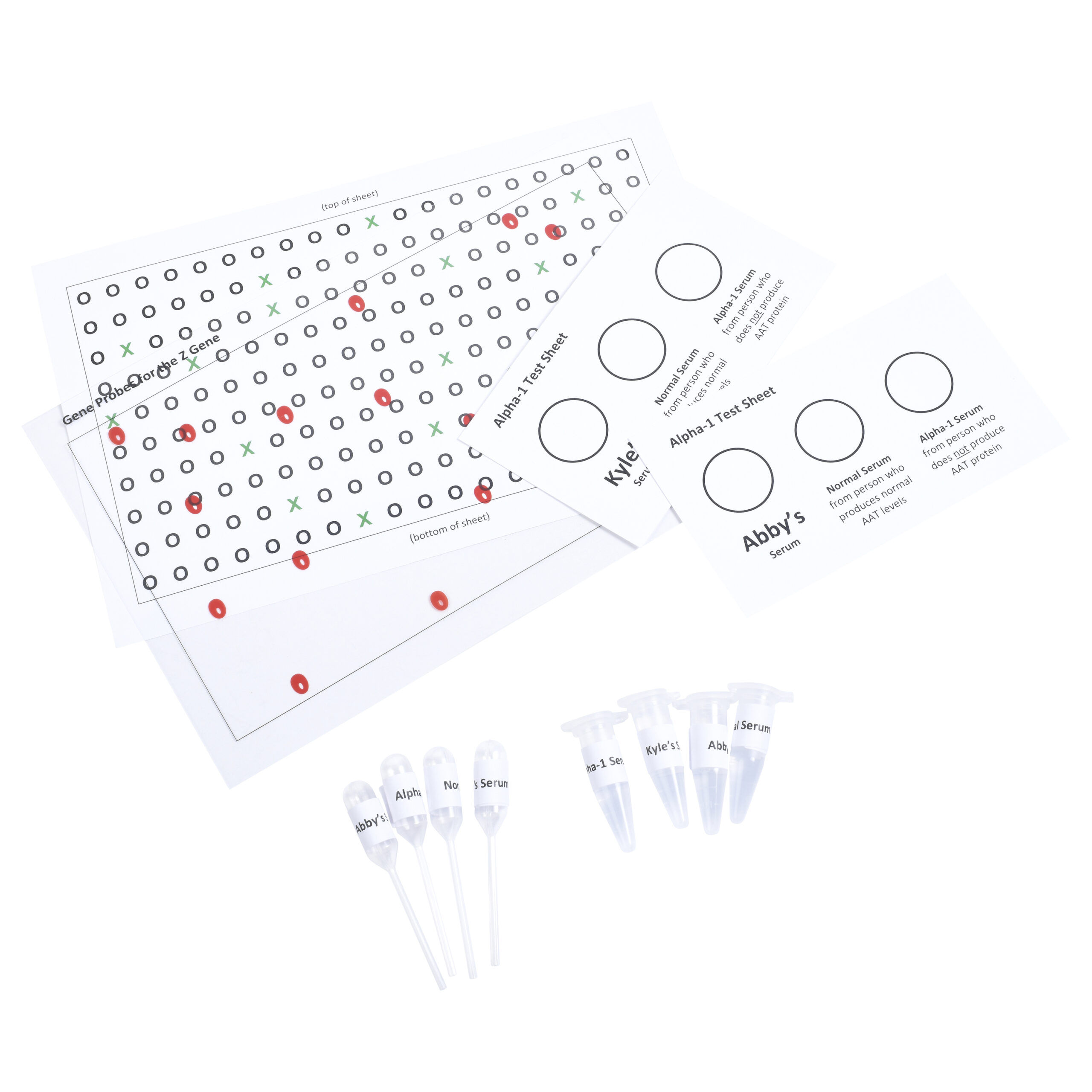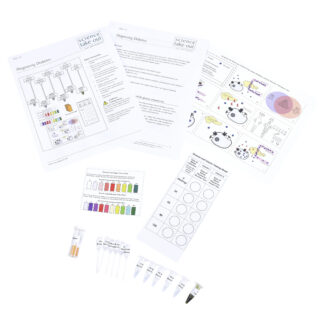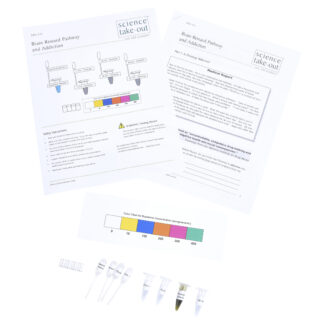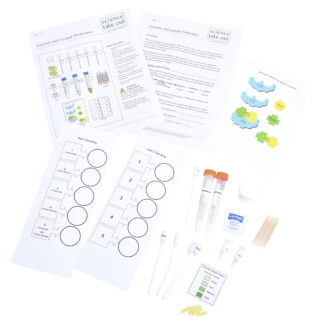Lung Disease: Genes and Your Environment
$16.95 – $108.95
Learn how gene-environment interactions can cause disease.
Kit Includes
- Student instructions
- 4 Simulated serum samples
- 4 Labeled droppers
- 2 Alpha-1 Test Sheets
- Sheet representing 200 people with or without COPD
- Transparency sheet representing gene probe results
- What is COPD?
- Staying Healthy: Reducing Environmental Risk Factors for COPD
Also Required
- Safety goggles
- Paper towels for clean up
Quantity Discounts
Kits:
- 1 – 9 kits: $16.95 each
- 10 – 24 kits: $16.10 each
- 25+ kits: $15.26 each
Unassembled:
- 1 – 9 packs: $108.95 each
- 10+ packs: $103.50 each
Refills:
- 1 – 9 packs: $36.95 each
- 10+ packs: $35.10 each
Correlation to Next Generation Science Standards (NGSS) Shop by NGSS »
Performance Expectations:
MS-LS3-1. Develop and use a model to describe why structural changes to genes (mutations) located on chromosomes may affect proteins and may result in harmful, beneficial, or neutral effects to the structure and function of the organism.
Science & Engineering Practices
Developing and Using Models - Develop and use a model to describe phenomena.
Disciplinary Core Ideas
LS3.A: Inheritance of Traits - Genes are located in the chromosomes of cells, with each chromosome pair containing two variants of each of many distinct genes. Each distinct gene chiefly controls the production of specific proteins, which in turn affects the traits of the individual. Changes (mutations) to genes can result in changes to proteins, which can affect the structures and functions of the organism and thereby change traits.
LS3.B: Variation of Traits - In addition to variations that arise from sexual reproduction, genetic information can be altered because of mutations. Though rare, mutations may result in changes to the structure and function of proteins. Some changes are beneficial, others harmful, and some neutral to the organism.
Crosscutting Concepts
Structure and Function - Complex and microscopic structures and systems can be visualized, modeled, and used to describe how their function depends on the shapes, composition, and relationships among its parts, therefore complex natural structures/systems can be analyzed to determine how they function.
